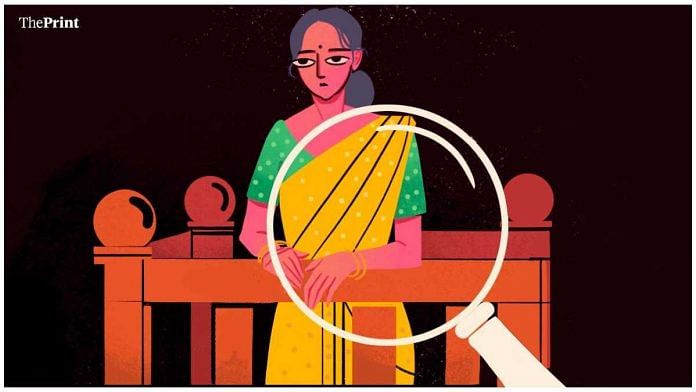In June this year, the Supreme Court of the United States overturned its landmark 1973 judgement, Roe v. Wade, which affirmed abortion as a constitutional right for women in the country. It reignited the debate on women’s rights across the world and prompted the theme for International Safe Abortion Day this year—abortion in uncertain times.
While abortion in the US and some other countries is leading to uncertainty in those countries (a recent example being Hungary, which now requires women to hear the foetal heartbeat before an abortion), uncertainty can stem from many factors, even where abortion is legal, such as India.
India was one of the first countries to legalise abortion with its Medical Termination of Pregnancy (MTP) Act in 1971. In the years since, it has been amended a few times, most recently in 2021, with the most crucial amendments being the increase of the gestation limit to 24 weeks in cases of victims of incest, rape survivors, minors, etc. and the inclusion of contraceptive failure (irrespective of marital status) as a reason for abortion. Millions in India seek abortions every year.
While there is no debate that abortion is about a woman’s choice, empowerment and bodily autonomy, it goes beyond just its legality and is also about women’s health, their safety and their lives. However, the numbers tell us that even with a relatively liberal law, availability of and access to abortion services is still limited. According to estimates published in 2018, at least 15.6 million abortions take place in India every year, with a majority (78 per cent) taking place outside of health facilities and likely without trained medical supervision. The government needs to address this.
Also read: India and US went pro-choice around the same time. Only one strengthened its abortion laws
Abortion is a medical issue, not a legal one
In the last few years, we have seen many women approach courts to seek abortions. But with recent amendments—in certain cases—whether or not a woman can have an abortion is going to be decided by a medical board. However, a woman in distress should never have to run to the courts of law or have to turn to illegal means to get one.
We can’t just look at abortion from a legal lens, because it is also ultimately a medical issue. A human body cannot only be judged on legality—it has its own medical needs, including abortion, which should only be met by medical professionals. So, we need to take abortion out of the hands of the courts and put them in the hands of the women who need them and their doctors.
Also read: Who was Jane Roe of Roe v Wade? What overturning of the 1973 judgment means for American women
Safety, accessibility key
Currently, the health system in India is ill-equipped to truly make abortion a choice. In a country this large and diverse, women from rural, underserved areas and marginalised communities find it especially difficult and often near impossible to terminate unwanted pregnancies. This is because abortion is not a priority in health facilities, often spelling disaster for women and their lives.
It is high time that we prioritise abortion and its availability and accessibility. One way to do this is to expand the basket of providers. In cases where invasive procedures are required, there is no doubt that only a qualified medical professional should be in charge. But if we are talking about medication abortion, we must consider allowing mid-level and non-allopathic healthcare providers like staff nurses, Auxilliary Nurse Midwives (ANMs) and AYUSH practitioners. This could be a game changer for accessibility, especially in rural and semi-urban areas. However, it goes without saying that this access should be limited to legitimate reasons, and those attempting to seek or provide sex-selective abortions must be unequivocally denied.
Also read: How changes to pregnancy termination bill give women better options for abortion
Making abortions easier
We must recognise that there are tens of millions of unwanted pregnancies every year in India – due to societal reasons, contraceptive failures or the unavailability of contraception. We have a huge unmet demand for contraception and there will always be unwanted pregnancies and consequently people who need abortions.
With a serious deficit of appropriate health facilities and providers for abortion, a significant proportion of abortions even today are provided by quacks, endangering the health and lives of women. Maternal mortality is one of the key indicators of health and direct causes of maternal deaths are largely preventable—unsafe abortions being one of them. This needs to change and the only way to do this is to also look at abortion through a healthcare lens. Neither the government nor society can get away with blaming women for seeking an abortion. We need to treat it as any other medical issue for which we seek treatment.
Women have, and always will, need abortions and they will find a way to get one, albeit at the risk of their physical, mental, and emotional health. Our only job as policymakers and programme implementers is to empower women who need abortions, provide them with proper facilities and safe services and ensure that no preventable deaths take place on our watch.
C.K. Mishra is Former Secretary, Government of India and Founder, Partnerships for Impact. Views are personal.
(Edited by Zoya Bhatti)



